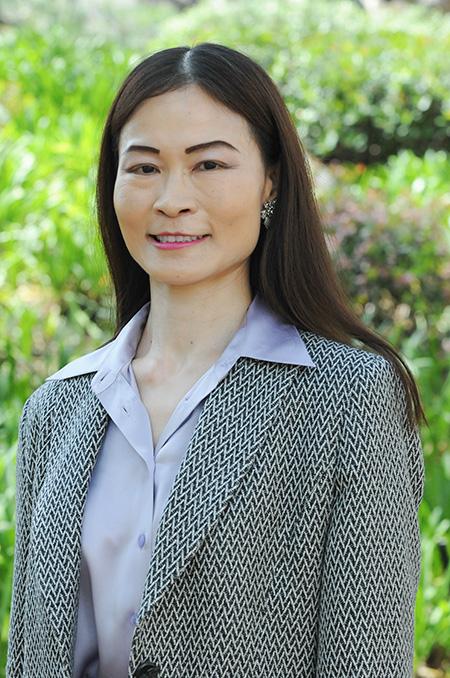
Abstract
Graphene, a monolayer of carbon atoms forming a two-dimensional honeycomb lattice structure, is considered a wonder material for both scientific research and technological applications since its successful isolation in 2004. As a flexible, transparent conductor with intrinsically very high electrical mobility and thermal conductivity, graphene is promising for large-area electronic devices such as touch screen displays, electrodes for photovoltaic cells, interconnects for electrical circuits, and panels for light emitting diodes. Its unique electronic, thermal, magnetic and mechanical properties and its compatibility with two-dimensional lithographic techniques are also ideal for many nano-electronic, optoelectronic, spintronic and mechanical applications. Additionally, the super-functional capability of graphene shows great potential for chemical and biological sensing, detoxication and desalination, and energy storage.
Despite all the promising aspects, one of the major challenges to fully realize the potential of graphene-based technologies is to reliably mass produce large-area high-quality graphene. Much research effort worldwide has been attempted to achieve this objective, but for years it seemed that methods for reliable and high-quality production of graphene could not be used for mass production and vice versa. My research group at Caltech has recently developed a breakthrough approach [1] [2] [3] to reproducibly fabricate large-area graphene in a single step within merely 5 ~ 15 minutes at room temperature. Detailed investigations of these samples have confirmed their excellent structural, electrical and mechanical properties. Our findings therefore shed new light on the growth kinetics of graphene and open up a new pathway to large-scale, high-quality and inexpensive graphene fabrication for scientific research and technological applications. Several research directions that can be enabled by this new development will be discussed, including novel electronics and valleytronics base on nanoscale strain-engineering of graphene; low-dissipation high-density graphene-incorporated interconnects; graphene-based photovoltaic cells with long-term stability; “green” supercapacitors for energy storage; and superlubricant graphene interfaces for low-friction mechanical applications.
* In collaboration with Dr. David A. Boyd, Dr. Marcus L. Teague, Wei-Hsiang Lin, Chen-Chih Hsu, and Chien-Chang Chen at Caltech; Jan-Kai Chang and Prof. Chih-I Wu at the National Taiwan University.
[1] Caltech press release: http://www.caltech.edu/news/caltech-scientists-develop-cool-process-make...
[2] “Voice of America – Science World”: http://blogs.voanews.com/science-world/?attachment_id=13641
[3] D. A. Boyd et al., Nature Communications 6, 6620 (2015).
Biography
Nai-Chang Yeh is currently the Fletcher Jones Foundation Co-Director of the Kavli Nanoscience Institute and Professor of Physics at the California Institute of Technology (Caltech). She received her B.Sc. in Physics from the National Taiwan University in 1983 and Ph.D. in Physics from the Massachusetts Institute of Technology in January 1988. From January 1988 to August 1989, she was a visiting scientist at IBM, Thomas J. Watson Research Center in New York. She joined the Caltech faculty in 1989, and became the first woman tenured physics professor in 1995.
Her principal research field is experimental condensed matter physics, with special emphasis on correlated electronic systems, topological matter, spintronics, low-dimensional systems (e.g., graphene, nanotubes, nanoparticles and quantum dots), nanoscience and technology, scanning probe microscopy, energy research (including development of photovoltaic and fuel cells), and precision measurements using superconducting cavity-stabilized oscillators.
Her professor honors include: Eminent Visiting Professor, Universiti Brunei Darussalam (UBD), Brunei (2014–2015); Visiting Chair Professor, Center for Nano and Micro Mechanics (CNMM), Tsinghua University, Beijing, China (2012–2014); Wu Chien-Shiung Distinguished Lectureship, National Central University, Taiwan (2012); Fellow, American Association for the Advancement of Science (2007); Fellow, American Physical Society (2004); Distinguished Alumni Award, Department of Physics, National Taiwan University (2003); Fellow, The Institute of Physics, UK (2001); Achievement Awards, Southern California Chinese-American Faculty Association (2001); Outstanding Young Researcher Award, International Organization of Chinese Physicists and Astronomers (OCPA) (1998); Packard Fellowship for Science and Engineering (1992–1997); and Sloan Research Fellowship (1990–1992).